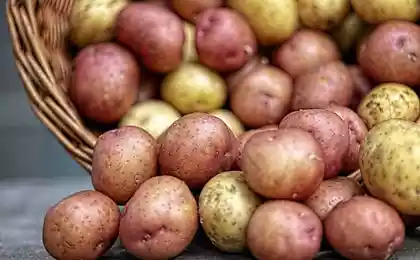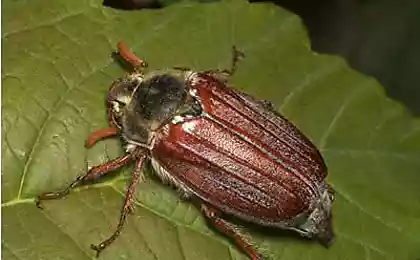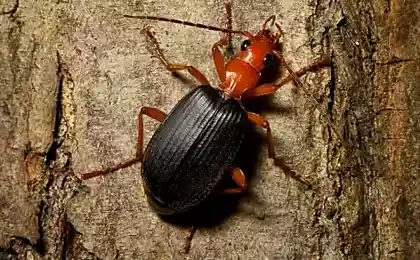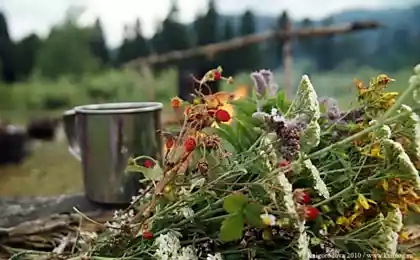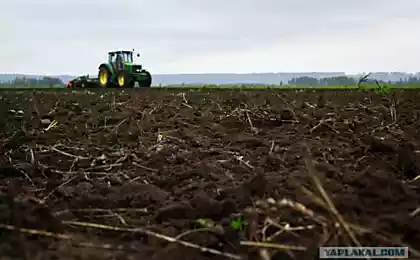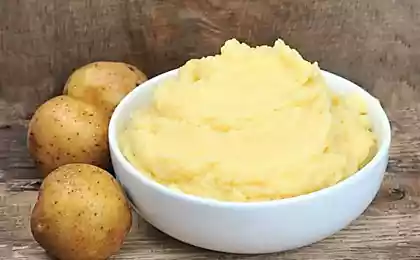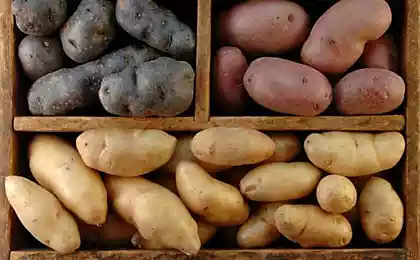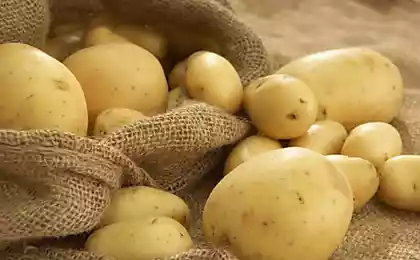173
Colorado beetle blows away, the only working way to get rid of the pest
Fighting the Colorado bug (potato leaf-eater) goes on not the first year, but no one can boast of an absolute victory over the voracious insect. To destroy the pest, both popular insecticides and folk methods are used, because it is unrealistic to collect all beetles on the bed: leaf eaters can fly and quickly move from one garden to another.

The fight against the Colorado beetle used to be very effective against the Colorado beetle with the help of the insecticide DDT, which is popularly called more simply - dust. But then its high toxicity was proved, and it turned out that the substance accumulates in the human body and causes poisoning.
Dust was banned and replaced by other drugs that decompose faster and are less toxic. For example, the insecticide “Prestige” has proven itself well at the time. It was replaced by the following means: “Ampligo”, “Actophyt”, “Attack”, “Coragen” and others. But chemistry is always chemistry, and chemicals should be handled with care and followed instructions.
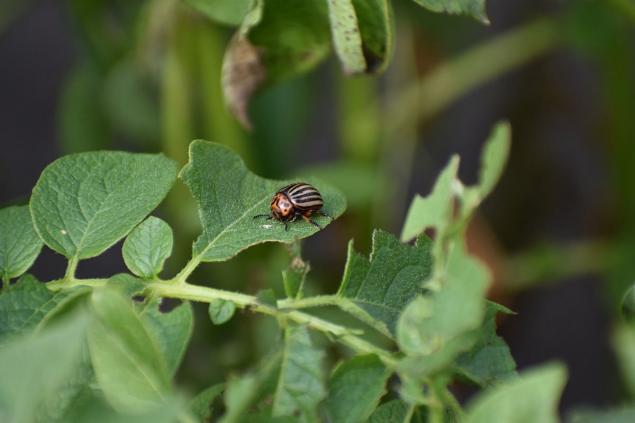
Increasingly, owners of small gardens pay attention to natural substances and improvised means that destroy the potato leaf-eater or drive it from the beds, and use them on their plots.
Folk remedies for the beetle To combat the Colorado beetle are used
Help destroy potato leaf-eater domestic and wild birds. Therefore, some housewives allow guinea pigs and turkeys to walk around the garden and collect insects. For the same purpose, birdhouses are hung on the site to attract birds, which are natural enemies of striped pests. But do not forget that starlings love ripe cherries.
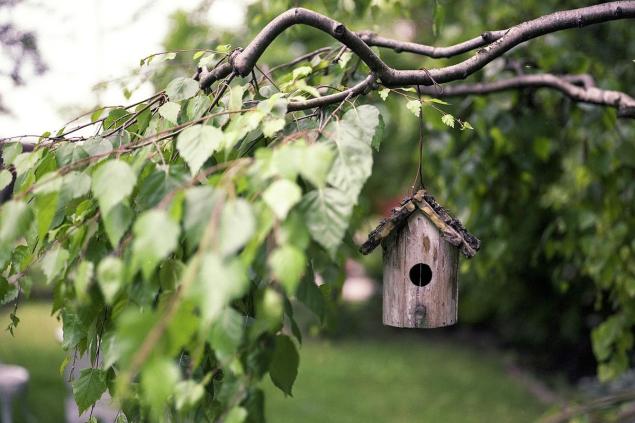
Although the Colorado beetle adapts with incredible speed and even gets used to chemicals, some home remedies can significantly "spoil his appetite."

The fight against the Colorado beetle used to be very effective against the Colorado beetle with the help of the insecticide DDT, which is popularly called more simply - dust. But then its high toxicity was proved, and it turned out that the substance accumulates in the human body and causes poisoning.
Dust was banned and replaced by other drugs that decompose faster and are less toxic. For example, the insecticide “Prestige” has proven itself well at the time. It was replaced by the following means: “Ampligo”, “Actophyt”, “Attack”, “Coragen” and others. But chemistry is always chemistry, and chemicals should be handled with care and followed instructions.

Increasingly, owners of small gardens pay attention to natural substances and improvised means that destroy the potato leaf-eater or drive it from the beds, and use them on their plots.
Folk remedies for the beetle To combat the Colorado beetle are used
- Wood ash (organic ash). When potatoes are planted in the spring, the hole is sprinkled with ash. Ashes can also be sprayed over plants. This deters many harmful insects.
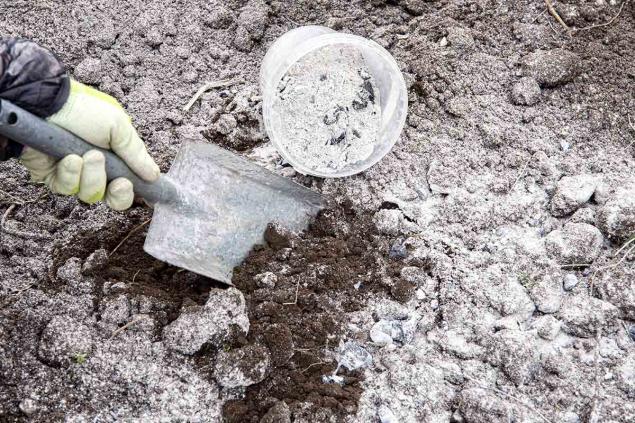
- Herbal decoctions. Wormwood, celandine or dandelion are harvested, crushed, poured with water and boiled for 10 minutes. Then, 500 ml of cooled broth is added to 10 liters of water and potatoes are sprayed with it.
- Tobacco. Tobacco is sown between the beds to scare off flying insects. You can also treat cultivated plants with a tincture of mahorka.
- Nut leaves. Walnut leaves are harvested in autumn and buried in a garden where they plan to plant potatoes. In summer, prepare a tincture of fresh nut leaves: pour them with boiling water and wait a couple of hours to cool down and brew well. Then dilute the liquid in water and treat the potatoes.
- Onion husks. Onion waste is collected, dried and stored until spring. And during the planting of potatoes, the husk is thrown into a hole.
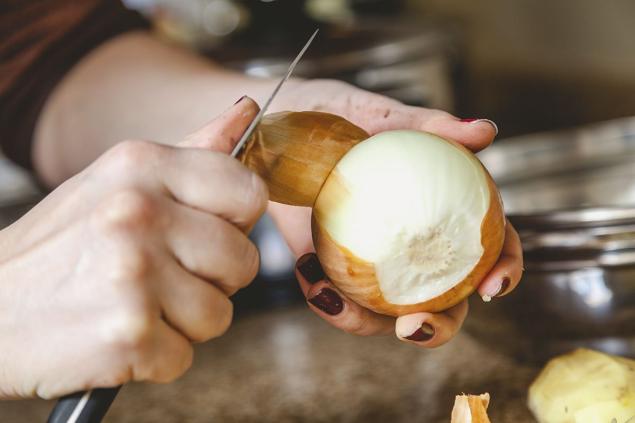
- Mustard and vinegar. For this purpose, 200 g of dry mustard powder is dissolved in a deep container in 100 ml of table vinegar. The mass is thoroughly stirred, and then added to a bucket with 10 liters of warm water. Liquids allow a little to infuse and with the help of a sprayer spray plants with it. If the beetles managed to lay eggs, then after maturation of the larvae, the procedure should be repeated.
- Velvets and calendula. Flowers are sown between rows because their specific smell scares away insects.

- Traps. They are prepared as follows: bury bottles with a narrow neck in the ground. Pieces of potatoes are thrown there as bait. The pest climbs into a trap to have lunch with impunity, and has no way to get out.
Help destroy potato leaf-eater domestic and wild birds. Therefore, some housewives allow guinea pigs and turkeys to walk around the garden and collect insects. For the same purpose, birdhouses are hung on the site to attract birds, which are natural enemies of striped pests. But do not forget that starlings love ripe cherries.

Although the Colorado beetle adapts with incredible speed and even gets used to chemicals, some home remedies can significantly "spoil his appetite."
On a hot summer day, I don't chill out on the beach, I solve difficult math examples.
Vitaly Kozlovsky received a subpoena and went to study military affairs, the artist now just do not know





